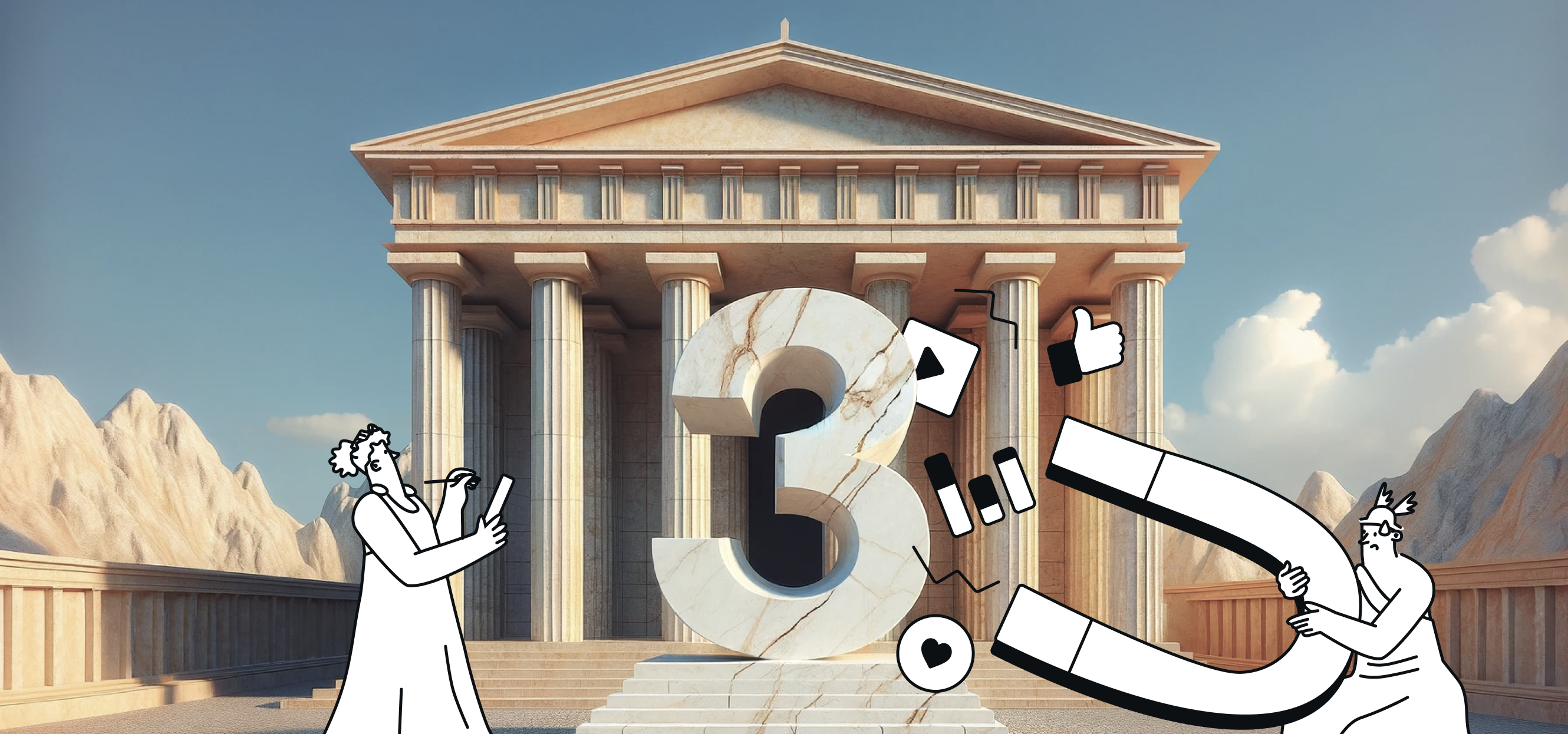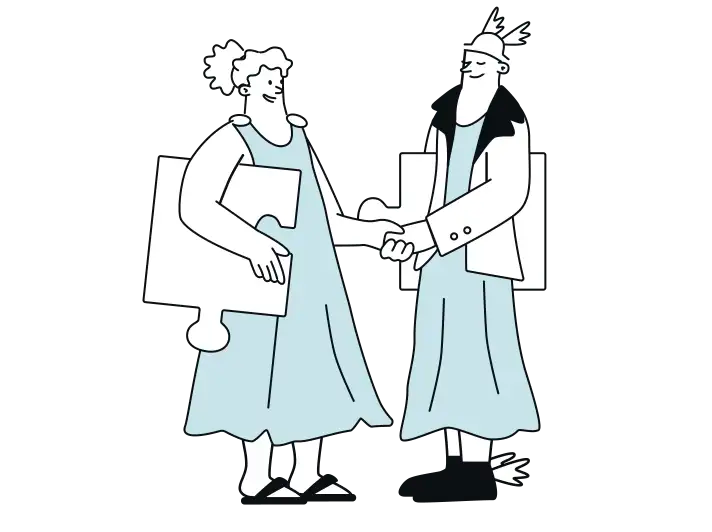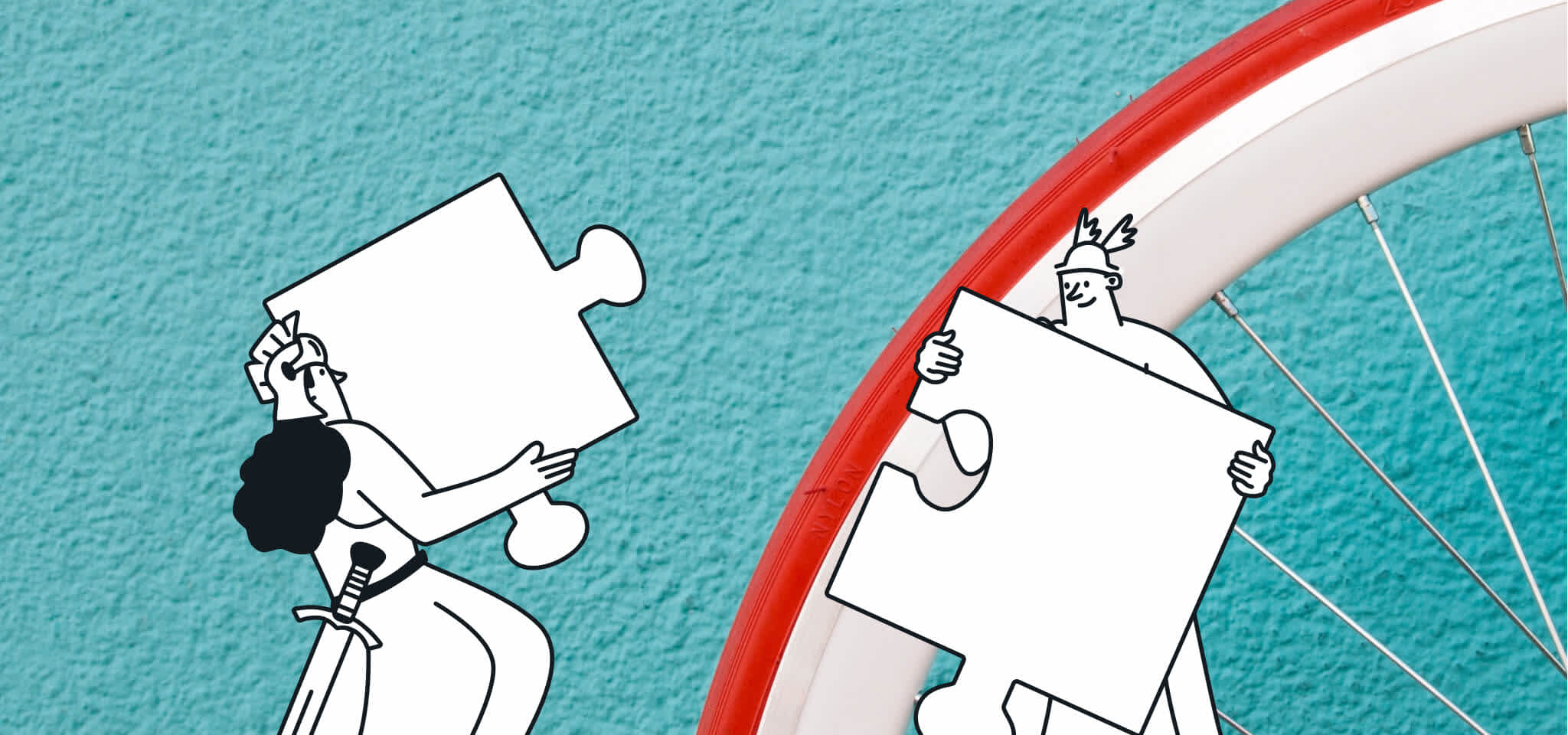Home
The Mailjet Blog
Email best practices
Cracking the Code: 3 Email Strategies for Unbeatable Customer Retention
Email best practices
3 email marketing strategies to massively reduce churn and boost customer retention
Email marketing and customer retention expert, Val Geisler, goes through three email marketing strategies that will help you massively reduce churn and boost those customer retention figures.

PUBLISHED ON
For email senders who have mastered the art of captivating subject lines and compelling content, there’s another concept you might not have considered that will add an intriguing chapter to your marketing playbook – customer retention.
While it’s an area more typically associated with lifecycle and product marketers, we’re going to show you the impact email marketing can have, too. Well, we say we, but we will hand the reigns over to the Director of Lifecycle and Retention Marketing at ByHeart, Val Geisler, whose Email Camp session, Universal bonds: Harnessing the power of email marketing to build stellar brand loyalty proved one of the hits of the week.
Val went through a few retention-focused strategies for email marketing that are designed to help you not only acquire customers but keep them coming back for more. Let’s see what she had to say.
Why is customer retention important?
If you’ve spent enough time working in marketing, then you’ve likely come across a similar expression to this from the Harvard Business Review, “Depending on your industry, it can be up to 7x cheaper to keep a customer than to acquire a new one.”
It makes perfect sense, right? You don’t have to spend a lot of time and money on advertising to attract new customers — you just have to keep the ones you have happy. Other than being cost-effective, let’s quickly run through some of the additional benefits to a solid customer retention strategy:
Benefit | Explanation |
|---|---|
Benefit | |
Higher ROI | Customer retention has a higher ROI than customer acquisition. A 5% increase in investment towards customer retention can increase a company’s revenue by between 25-95%. |
Explanation | |
Customer advocacy | Satisfied long-term customers make loyal and powerful advocates for your business. |
Better reviews | Happy customers are more likely to inspire high quality reviews. People will want to see proof from legitimate sources that your product does exactly what it says on the tin. |
Brand loyalty | Retained customers are more likely to develop a strong sense of loyalty to your brand. This emotional connection can withstand competition and price fluctuations and makes it much easier to retain them when the pressure from competitors is on. |
Customer feedback | Long-term customers are more likely to provide valuable feedback based on their ongoing experiences with your products or services. This feedback can be instrumental in making improvements and adjustments to better meet customer expectations. |
Reduced churn rate | Churn rate refers to the frequency at which you’re losing customers over a given period. It is typically calculated as the percentage of subscribers or customers who don’t renew their license or subscription in a single month. |
How can email impact customer retention?
Email is arguably one the best channels for customer retention and lifecycle marketing. Unlike other communication mediums such as social media, you have complete control over cadence, content length, delivery time and of course, recipient. This allows you to segment your audience into tighter groups and deliver more personalized emails.
Let’s look at 3 email marketing strategies Val recommended during her Email Camp session to boost customer retention and reduce churn.
Want to improve your customers’ experience? Then check out these 7 strategies to help connect with your audience and create engaging email content.
Support beyond the customer success team
Most customer success teams run some form of SLA (service-level agreement) that defines standards for support – in other words, a customer service guarantee. Typically, this includes service-related goals by which the team’s performance will be measured against.
If your customer success team runs a ticketing system, one related goal is likely response time. Customers expect almost instant communication when a problem arises and the speed at which the situation is resolved is clearly important to them.
However, the actual experience that the customer has can get lost along the way. Yes, they may have had a quick response time, but was their need effectively met? Was your organization able to successfully find a resolution to their problem?

Sometimes this isn’t the case – and not necessarily through any fault of your customer success team. For example, a customer might contact the support team or account manager enquiring about a certain product, service or feature that you don’t currently offer. While the response time may have been fast, the customer’s need hasn’t been met. That’s not to say you won’t be able to do so at some point down the line, which is where email marketing can step in to fill the gap.
Imagine your company sells baby formula and a customer asks if you sell a specific allergy product. Unfortunately, you don’t currently offer this product, but what your customer success team can do is tag this ticket as a “product request” in the system. Then, as an email marketer, when your company does offer this product, you can send targeted email marketing campaigns to all customers who expressed initial interest.
This is great for three reasons:
It shows you genuinely listen to your customers and are genuinely interest in finding solutions
It will increase the likelihood of brand loyalty/customer retention
A high probability it leads to a direct sale
Human with a capital H
As email marketers sat behind computer screens all day long, we can sometimes forget that the people we�’re talking to are “human” and not just names and numbers on an email list. So, as you would do in real life, you want to get to know those people to better communicate with them.
One way to do so is by sitting on calls that your sales, CS, and product teams are having with customers. Ask them questions such as what are the biggest problems they’re facing? Why did they choose your product? Etc. That way you can better target/segment your email marketing campaigns to best answer their needs.
This process is known as building out a buyer persona or customer profile. If this is the first time you’ve come across the term, a customer profile is essentially a fictional representation of your ideal customer, built using demographic information, preferences, behaviors, and other relevant characteristics.
Below we’ve put together a table of questions you could ask customers while on a call, to build out a more accurate buyer persona profile:
Number | Question |
|---|---|
Number | |
#1 | What is your job title? |
Question | |
#2 | How many years of experience do you have in your industry? |
#3 | What industry or sector do you work in? |
#4 | What are your short-term and long-term professional goals? |
#5 | What specific challenges or problems are you trying to solve in your role? |
#6 | What are the main challenges or pain points you face in your job or industry? |
#7 | Are there any specific obstacles or frustrations you regularly encounter? |
#8 | How often do you check your email? |
#9 | Do you prefer receiving communication through email, social media, or other channels? |
#10 | What type of content do you find most valuable and engaging? |
These questions can provide valuable insights into the motivations, preferences, and behaviors of your target audience, enabling you to create more personalized and effective email marketing campaigns and increase customer retention.
Build the habit
Businesses operating a MRR model rely on customers using and leveraging their product regularly. If they aren’t using it, as soon as their tech stack comes under review your product will be one of the first to be axed.
So, to avoid that happening, it is important to gather data from the different customer pathways across your email marketing strategy and identify “cashing point” areas to engage users. In other words, where are the key touch points to engage customers with content that could help them reengage with your brand.
“I have always felt long-term customer retention comes from great onboarding. So those experiences they have initially with the brand, often driven by email, have a major impact on what that relationship looks like in the long term.”
Val Geisler, Director of Lifecycle and Retention Marketing at ByHeart
For example, during the onboarding phase you could offer customers different training options and resources. So, instead of sending an automatic drip-fed series of 5-6 emails in a workflow, why not outline the content, what it covers, the date they can expect to receive the email and ask them if that agenda is OK with them.
If not, give them the option to select the content and cadence that suits them, covering the areas they feel they need. This active approach to onboarding will help keep customers engaged and reduce churn.
You can watch Val’s full Email Camp session below:
Building email campaigns with Mailjet
Developing strong relationships with customers begins by delivering personalized, relevant content to their inbox. To pull this off, you need an email marketing platform equipped with the right tools for the job. Sinch Mailjet is an email service provider that contains best-in-class contact list management tools as well as workflows to segment your audience and deliver hyper-targeted content. What are you waiting for? Create your account today!








